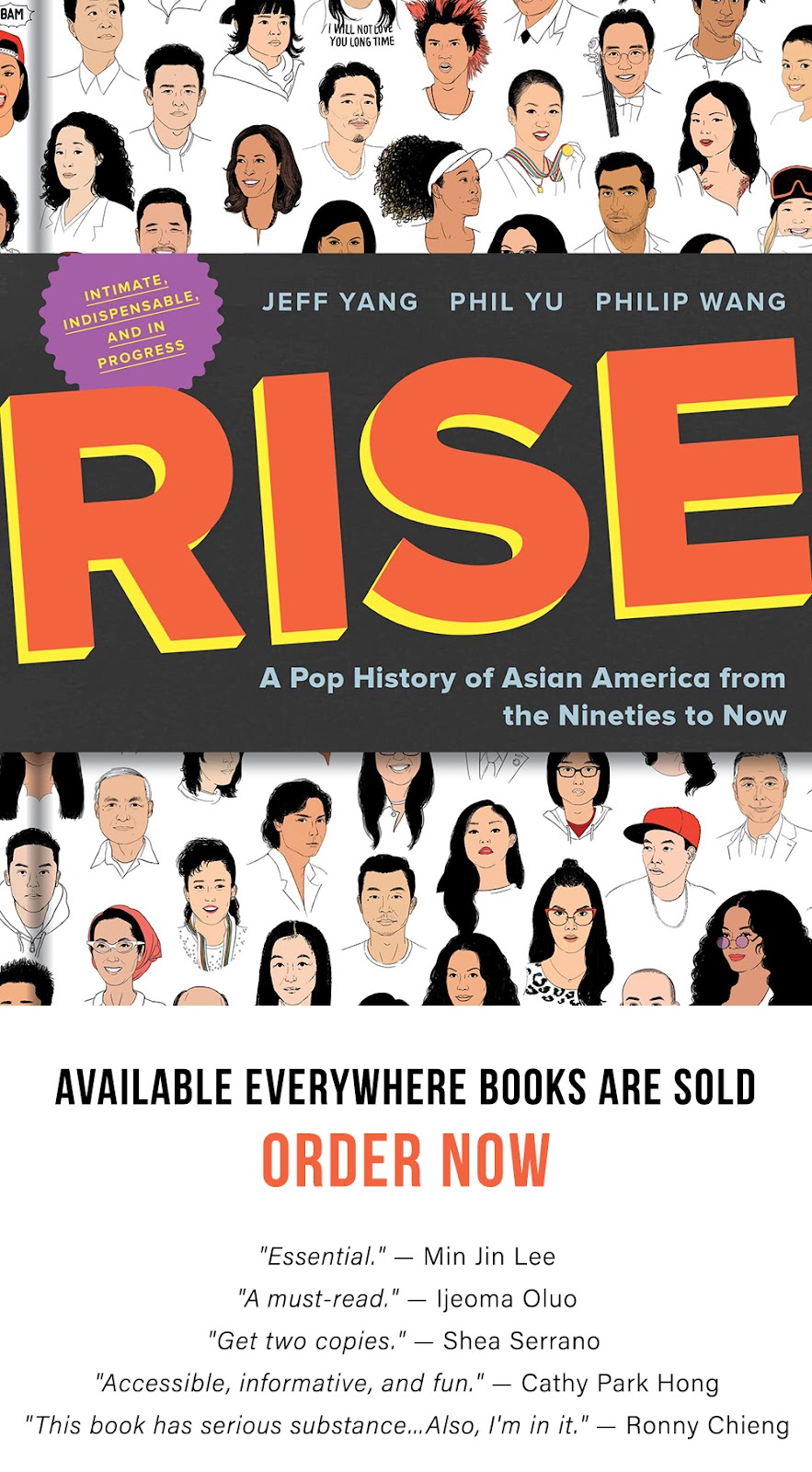Once a fixture in most major US cities, many Chinatowns have ceased to exist as magnets for new arrivals. San Diego's Chinatown is now a historic district. A coalition in Phoenix is trying to save the last remaining Chinatown structure from becoming a luxury apartment building. Four of the enclaves in the 10 largest cities – in Los Angeles, Chicago, Houston, and Philadelphia – are now commercial areas. Dallas, which never had a historic Chinatown, designated a retail center as "Chinatown" in the 1980s. Other Chinatowns in Seattle, Detroit, San Francisco, and Washington, D.C., are today primarily tourist spots.Gentrification! It's nothing new. With all this urban development happening so rapidly, what will your city's Chinatown look like in, say, ten years? Will it really be Chinatown? And whose Chinatown will it be? If we're not careful, it might just become one gigantic tourist trap (some are already on their way).
7.12.2007
the future of chinatown?
Here's an interesting from the Christian Science Monitor about the changing face of Chinatowns in cities across the United States, where the increasing value of "hot" urban real estate is making it increasingly difficult for working-class immigrants to survive in their own ethnic enclaves: A land squeeze in America's Chinatowns:
